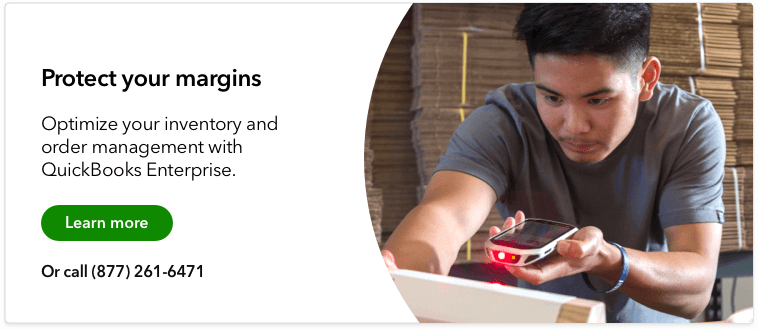Procurement is a process that sounds simple, yet involves a combination of complex activities. Every type of business requires some form of procurement, whether it’s sourcing raw materials, finding office equipment, or hiring consulting services.
By efficiently sourcing all the goods and services needed for day-to-day operations, procurement plays a significant part in the overall growth of the business.
What is procurement?
Procurement refers to the combined activities involved in obtaining goods or services, usually when a company needs to make a relatively large purchase from a third-party supplier.
While the emphasis in procurement is on the latter stages, when the goods are finally purchased and delivered, the entire process can entail identifying business needs and requirements, sourcing suppliers, negotiating terms, and keeping a clear record of all receipts and purchased items.
The main purpose of procurement is to ensure a company has all the resources it needs to operate efficiently and with a healthy margin.
The difference between procurement and purchasing
Procurement and purchasing are two often interchanged terms with very distinct meanings.
Purchasing is the transactional step of acquiring specific goods or services. More focus is placed on the action itself, creating and receiving an order to meet current company needs. Some tasks typically included in purchasing decisions are:
- Placing orders with suppliers
- Making a payment for the order
- Receiving the delivered goods
- Submitting the invoice to the accounts payable team
While purchasing is part of the procurement process, the latter encompasses several other steps beyond acquiring goods or services. Procurement requires making strategic decisions that affect how a company runs and its bottom line.
Procurement covers a wide range of activities, from analyzing business needs to maintaining supplier relationships to ensure that companies receive the most value from their purchases. The steps involved in procurement are detailed in the following sections.
Eight steps of the procurement cycle
While every company obtains goods and services differently, depending on its specific model and needs, some core functions take place in most procurement cycles. Here are the eight key steps involved in the procurement process:
1. Identify the goods or services needed
The first stage of the procurement process starts when a company has identified the need for a specific good or service. Depending on whether it’s a first-time or repeat purchase, procurement assesses the company’s needs in detail to determine the best purchase. This step can involve talking to different teams, looking at the existing supply chain management, and performing other internal research.
2. Create and review the purchase request
Once initial research is done, an official purchase request is created to clearly outline the company’s needs, the purchase proposed to meet that need, and any associated requirements.
This document helps align all departments, including management and accounts payable (which handles procure-to-pay processes). Approved purchase requests are then used when reaching out to suppliers.
3. Evaluate potential vendors
The goal in this step is not to get as many options as possible or find the most affordable provider.
In most cases, the procurement department sends a request for quotation (RFQ) detailing all specifications to a shortlist of select vendors.
When the competitive bidding process is done, the vendors are then carefully evaluated according to the company’s requirements. Evaluation requirements can be pricing, delivery time, scope of work, any included warranties, and customer service.
















